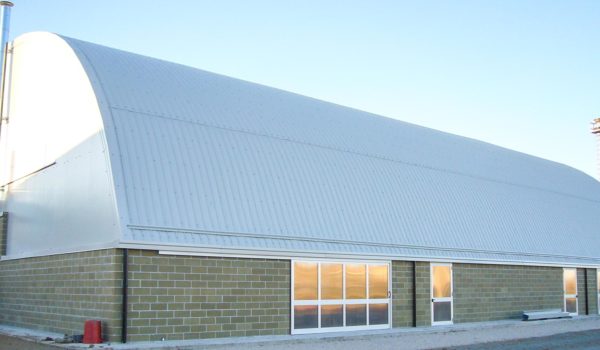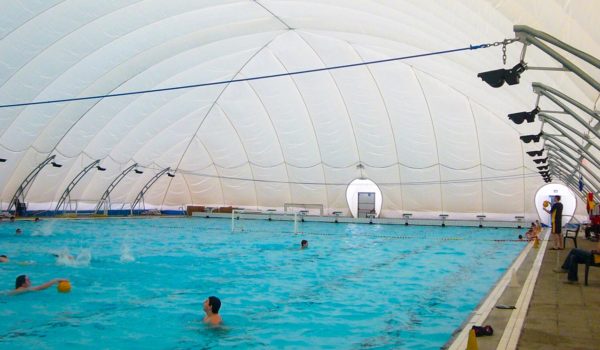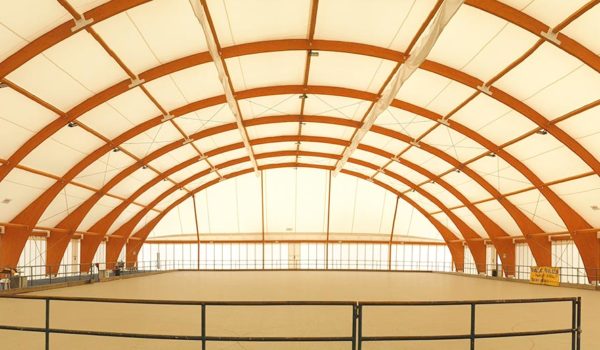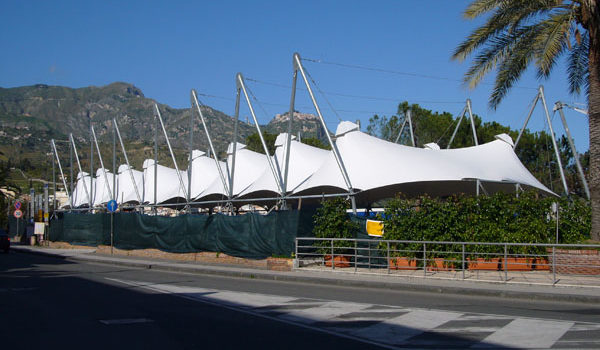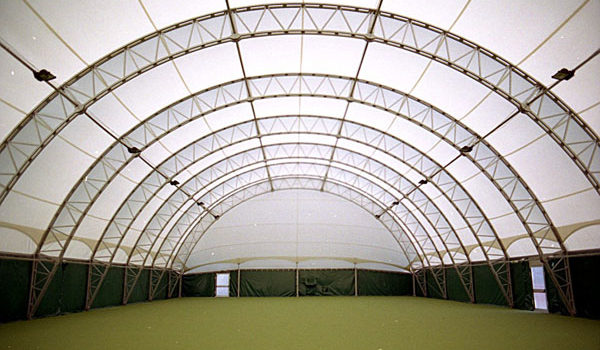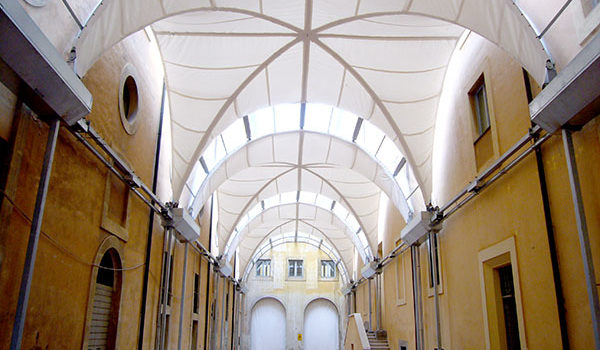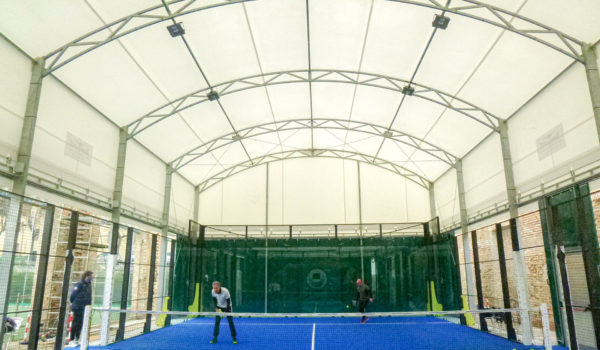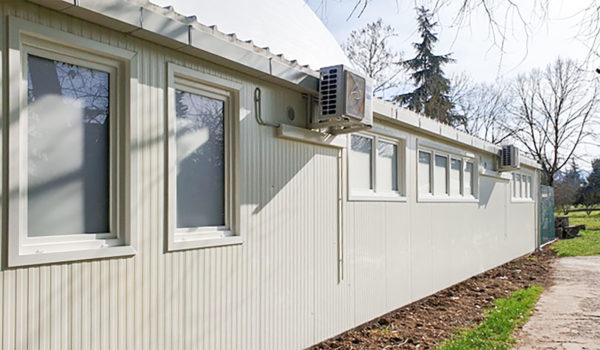Laminated wood ⟩
Technical sheet
The load-bearing structure in Laminated Wood comprises two or three zipped arches, suitably curved according to the outline project in conifer wood GL28c.
The arches are made from milled layers of cross laminated joints, glued with suitable products as specified in the gluing standard.
Connection between the arches made this way is censure by special struts still made from laminated conifer wood GL24h.
Connection is made through steel plates and high resistance nails or bolts, depending on the necessity and plan’s specifications. The external spans are normally fitted with steel struts capable of discharging the arches’ orthogonal push to earth.
Here follow the resistance guide tables to use in structural calculations, the reference standards and the combinations of load actions.
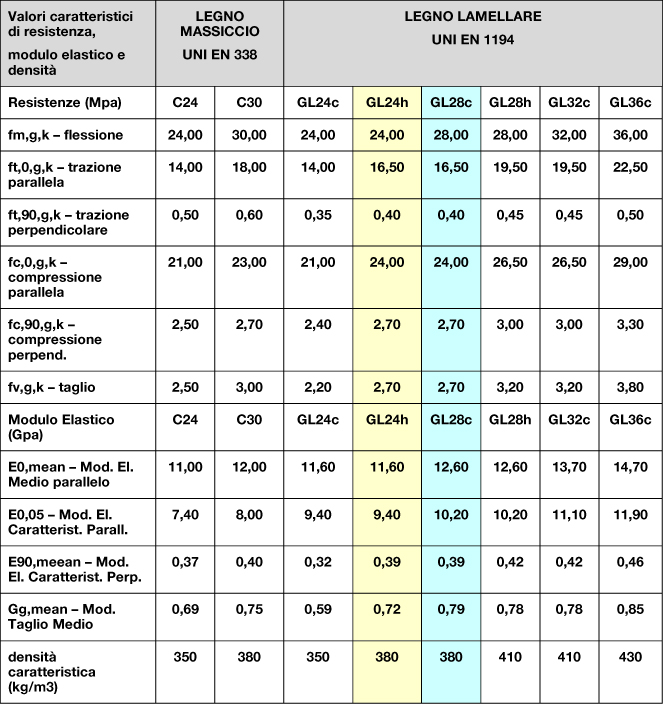

ALLOWABLE DEFORMATION VALUES

Reference standards
The structural measurement is made in compliance with the following standards:
EUROPEAN REFERENCE STANDARD
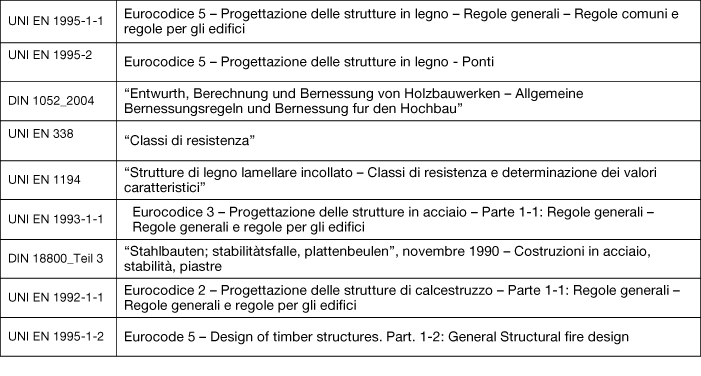
ITALIAN REFERENCE STANDARD

LITERATURE:
“MANUALE DELL’INGEGNERE” – Author: Giuseppe Colombo
“ERLAUTERUNG ZU DIN 1052: 2004-08” Beuth-Kommentar
“BAUTBELLEN” – Author: Jurgen Schneider
GENERAL DESCRIPTION OF THE TYPICAL LAMINATED WOOD STRUCTURE
Primary structure characterized by two or three zipped arches and secondary structure made up of struts. Presence of steel tie rods. The STATIC analysis made is of the elastic-linear type. The STRUCTURE’s SEISMIC analysis is of the dynamic-modal type. The project is checked using the State of Limit method.
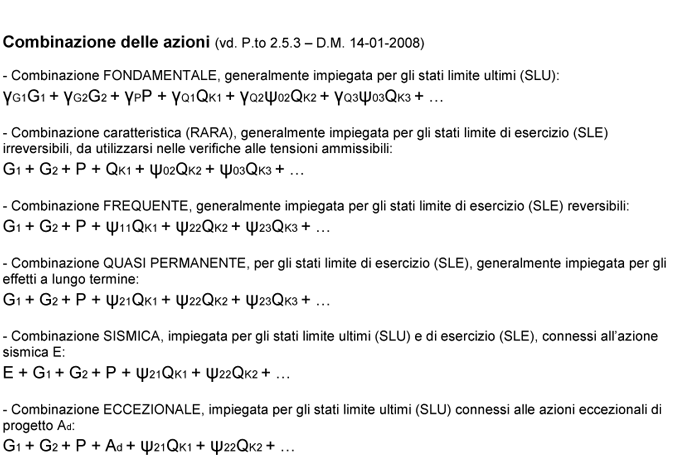
Partial Coeficients for the actions or for their effect in the SLU checks
(see Point 2.6.1 – Tab. 2.6.- Min. Dec 14-01-2008)

Combination coefficient values
(see Point 2.5.3 – Tab. 2.5.1 – Min. Dec 14-01-2008)
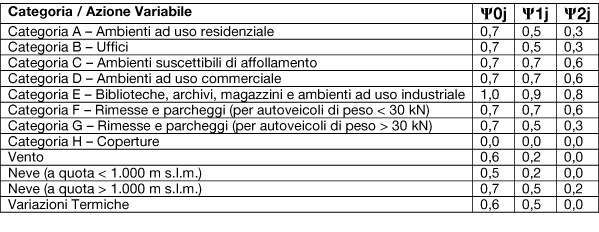
The biaxial pre-tension of the covering’s fabric membrane is taken into due consideration which, even though it’s not expected by the standards in force, exercises a constant load on the arch.
DETAILS OF THE LAMINATED WOOD CONSTRUCTION
The load-bearing structure is made up from prefabricated, glued laminated wood elements. Tensions and deformations are assumed on the basis of calculations and refer to a wood and glue quality as specified in table 6 of the DIN 1052 standard. The layers comprising the glued elements are in conifer wood (spruce) GL28c for the curved parts and GL24h for the straight parts, based on the directives of the standards in force.
a) Preparation of the layers.
The layers with a maximum section of cm2 72 will be dried at a high temperature.
They will have a relative humidity of 9% (+3% or -3%), for closed or heated environments; they will be glued on one side with a quantity of glue equal to 0.6 Kg/m2 through a gluer; pressure will be homogenous of around 8.5 Kg/m2.
All in compliance with DIN 1052.
The layers will be cross jointed at their ends according to standard DIN 68140.
b) Glues.
The glues used will be synthetic resin based, chemically neutral and based on resorcin – formaldehyde or kaurit according to DIN-FMPA.
c) Laminated wood.
The layers comprising the glued elements will comply with the guidelines of standard DIN 4074, furthermore, the make-up, through glue, of the spruce boards must achieve a laminate quality of GL28c for curved parts and GL24h for straight parts, based on the guidelines of the standards in force.
d) Surface protection.
In order to protect the glued wooden parts from the elements or, from attacks by vegetable parasites and xylofago insects, all surfaces are treated with Bayer products such as xyladecor or similar.
e) Metal work and metallic connections.
Except where specifically directed, metal accessories will be in galvanized or painted steel Fe 360 B-FN (UNI EN 10025) with any colour after a coat of rust prevention.
The calculation and static parameters will comply with the above mentioned standards in force.
Nails, bolts and standard galvanized elements for creating connecting joints, will comply with DIN 1052.
DETAILS OF CONSTRUCTION OF IMPERMEABLE MEMBRANE
The covering membrane is made up from a highly resistant synthetic fibre POLYESTER and waterproofed with a PVC coating on both faces.
The membrane used for covering laminated wood structures is in polyester fibre, synthetic and rot proof.
The thread it is made from is Dtex 1.500 and is equal in weight to a reel of 10,000 mt. of thread.
The membrane’s mechanical characteristics are chosen on the basis of the accidental overloads it is subjected to, and these are done at the planning stage.
The available materials are subdivided into 6 types having different characteristics and shown on the relative tech sheets.
Even surface paint can be of different types depending on the desired end result, the most common treatment being acrylic painting.
The covering is made through joining strips shake during cutting and welded together at high frequency.
The end membrane is a single piece, even for large scale coverings, without the possibility of infiltration or other, at its joints.
The shape obtained during manufacture allows a curve between arches creating two important results:
1) aesthetically pleasing insomuch as the shaped membrane shows as a double curved tensioned structure;
2) excellent stress distribution over the entire surface without dangerous concentrations and areas of poor tension which move in the wind;
The package then provides for a series of special accessories amongst which the most important are the steel cables for traction and resistance to overloads, forming arches to radially distribute stress, and used in especially windy areas.
The resulting covering is lifted and lain on top of the wooden structure and the two ends anchored, in the standard version, to the ground through pipes inserted in a special flap and anchored to the structure’s base, and on the long sides, through special traction elements anchored to the laminated wood structure and applying the necessary amount of pre-tension for a correct assembly.
In the End Bay Wall version the covering is anchored at the same height as the sides.
It must be noted how the covering membrane’s pre-tension and its double curve shaping are important for a long duration over time, allowing for best stress distribution, even under severe overload conditions such as snow and wind, and a high safety coefficient over all the membrane’s area.
The lower structural part, wholly upright, is finished with a side sliding buffer, still in waterproofed fabric, fitted with runners and rollers for the membrane’s suspension. This buffer allows easy and quick opening and closure, enabling the installation to change from a closed to open air installation in a very short time.
In all the fabric coverings fitted by us it is also possible to install double sheets as an insulator, and able to lower the heat transmission coefficient with excellent results in reducing winter heating fuel consumption, and a more than satisfactory result in the reduction of solar radiation in Spring and Autumn.
Even for laminated wood arched structures we are able to fit the ventilated “Energy” version, which is particularly profitable both for winter heating cost saving and for the possibility to cool the interior with excellent results and low consumption, a solution particularly suited to gyms and conference rooms.
ACCESSORIES
To complete our supply complementary accessories are available such as:
– Artificial lighting system with mixed lights or metallic iodide;
– Artificial lighting system with energy saving LED lights;
– Emergency lighting system;
– Hot air heating system or fan heating;
– Hot air heating system with the latest condensation burners;
– Forced air system with fabric pipe distributors;
– Special entrances of various sizes, also suitable for vehicles;;
– Metallic connections to existing works;
– Photovoltaic systems.



